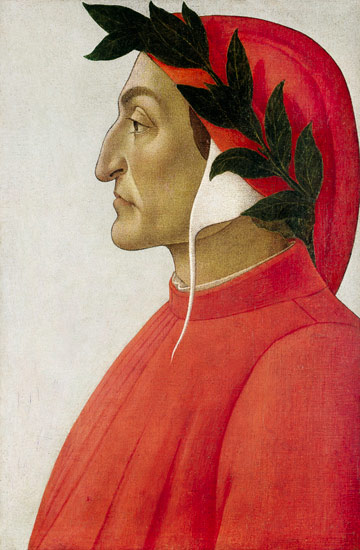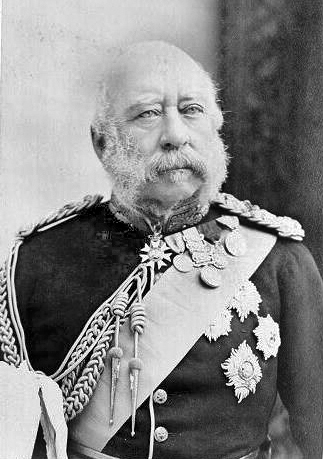
SHOWS OFF FORMER FIBULA
July 4, 1866
Washington, D.C.
Brigadier General Daniel Sickles wowed visitors to the Army Medical Museum today by visiting his lower right leg, which is on display here.
The war hero, perched on his crutches, regaled tourists with stories of the Battle of Gettysburg, where he lost his leg to a Confederate cannonball.
His spellbound listeners learned how he singlehandedly turned the tide of battle at Gettysburg.
He then reenacted the moment when the ball smashed his leg at the height of battle, and told how he calmly smoked a cigar while the limb was amputated, and then rallied his men on to victory from his liter.
The museum’s maintenance man, listening in, was heard to mutter,
“That story doesn’t have a leg to stand on.”
But seriously,
1/13/25
Daniel Sickles was a persuasive man.
He persuaded the governor of New York to make him a brigadier general, when he formed a brigade to fight in the Civil War, despite having no military experience.
He persuaded a 16-year-old girl to marry him (when he was 32).
He then caught her in an affair with Philip Barton Key, nephew of Francis Scott Key, the writer of the Star Spangled Banner. He shot Key in Lafayette Square, across the street from the White House. His defense attorney, Edwin Stanton, got him acquitted with the plea of “not guilty by reason of temporary insanity.” This was the first time this defense was used. Lucky again.
He was incompetent at the battle of Chancellorsville, and again at Gettysburg (where he lost a third of his men along with his leg).
He donated the leg to the local museum, and visited it ostentatiously throughout his long life.
Despite his failures, he persuaded President Grant to make him ambassador to Spain, where he had an affair with Queen Isabella.
He worked tirelessly to persuade his country that he was a war hero.
As a congressman he introduced bill to make Washington’s birthday a national holiday, linking his name to the name of a real hero.
He then worked to turn Gettysburg into a national park.
This battlefield would be his legacy; he claimed that General Meade, the Union commander at Gettysburg, was about to retreat, but was inspired to stand and fight by a certain intrepid one-legged brigadier general.
Others told a different story: his generalship in the battle was so bad that he would have been court-martialed if he hadn’t been injured.
Maybe he visited his leg to say thank you.
Source
After the Civil War, James Robertson





